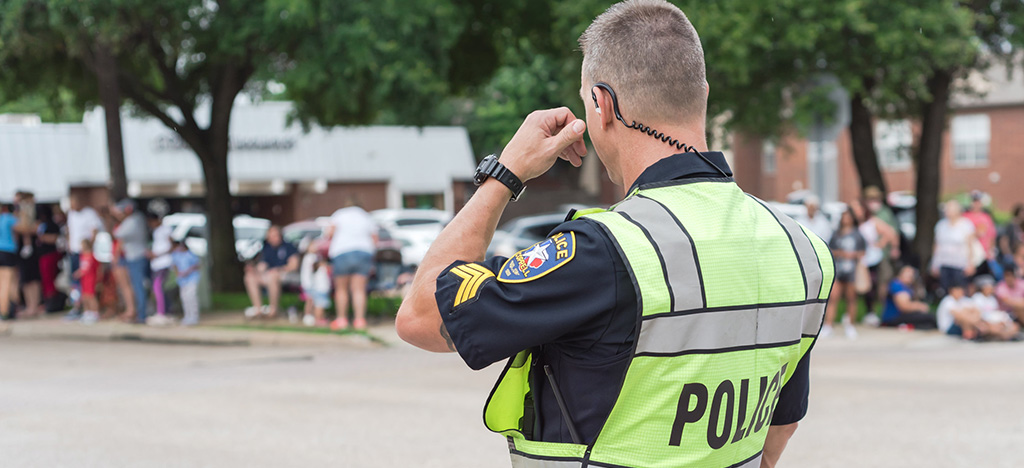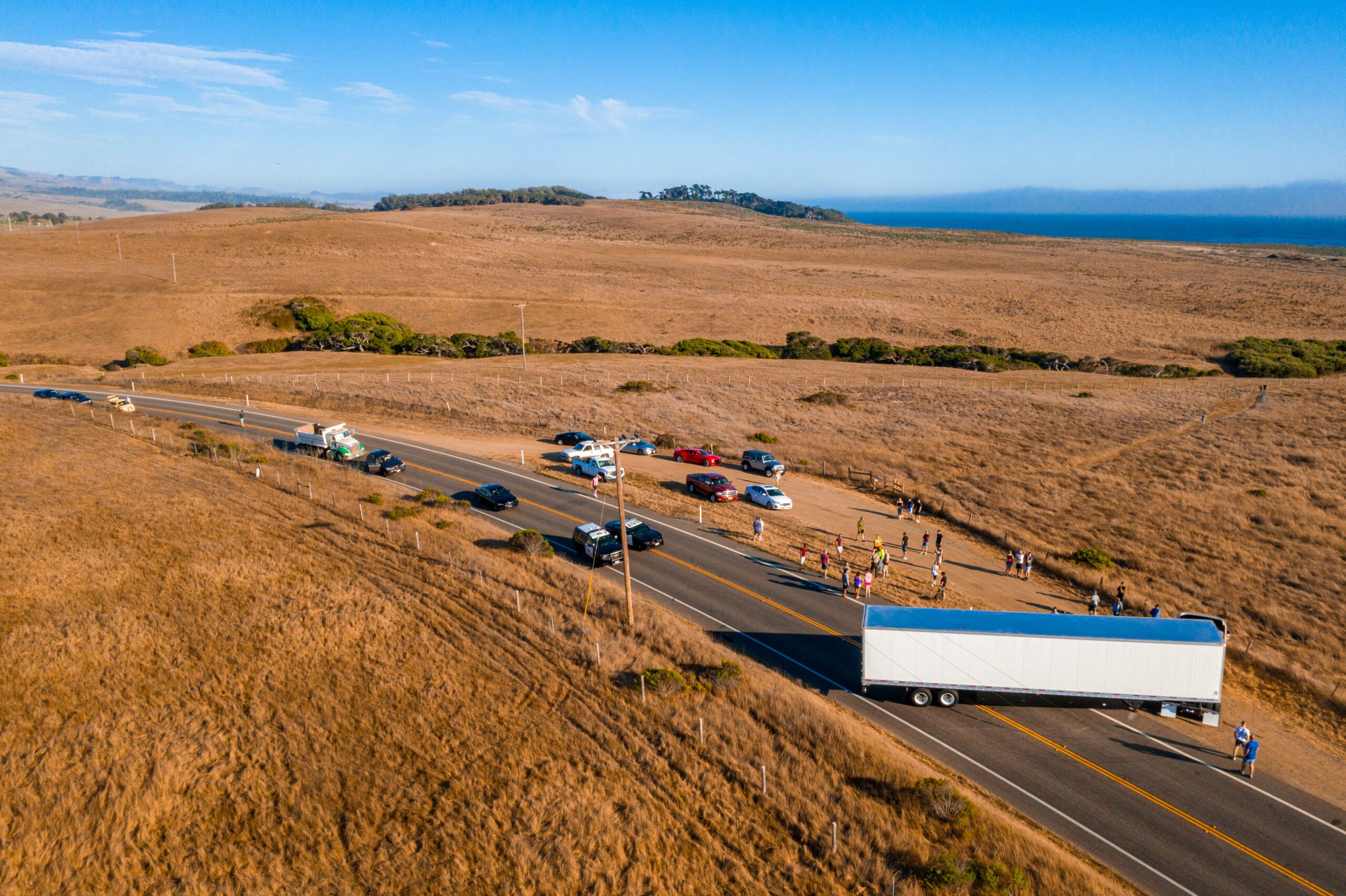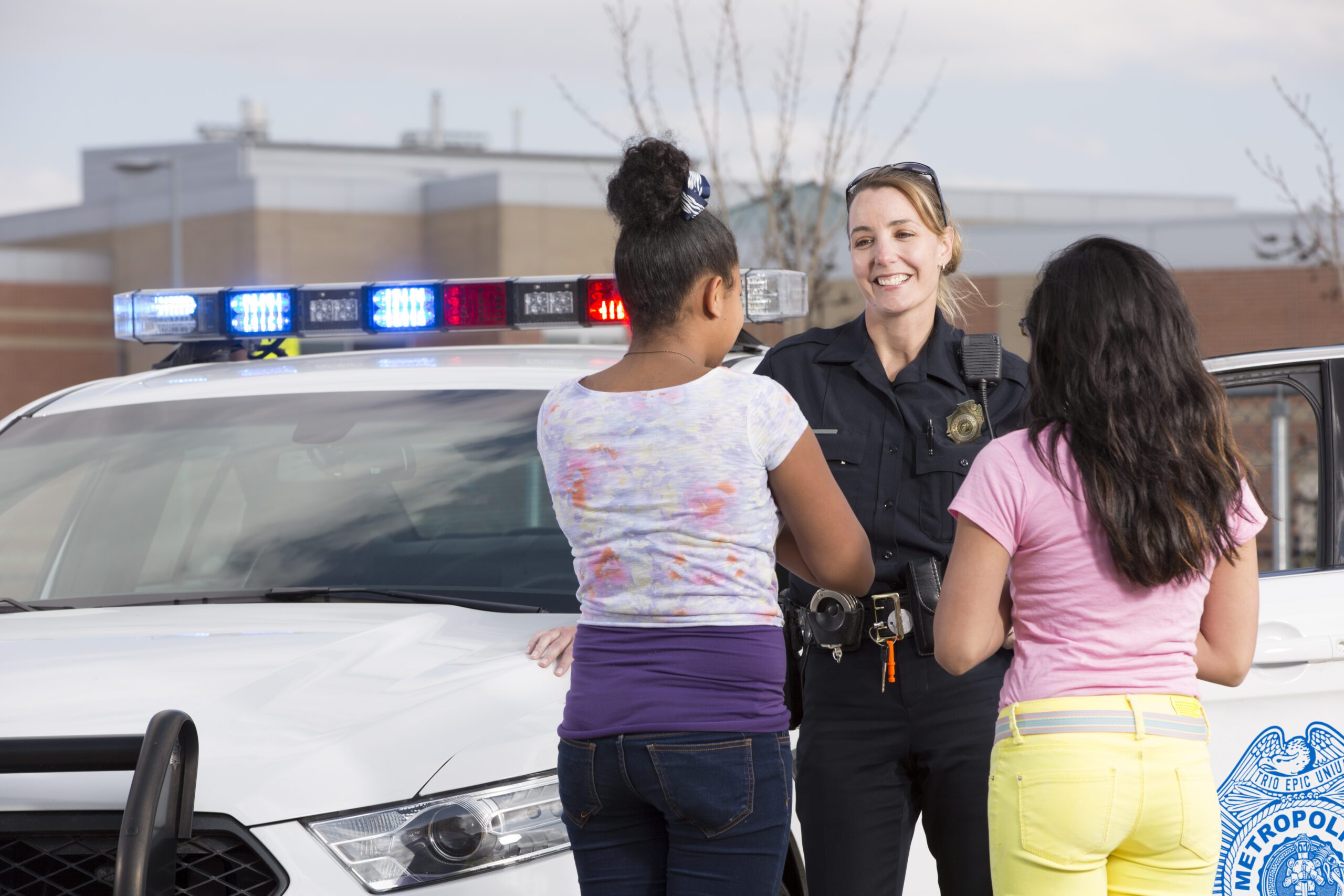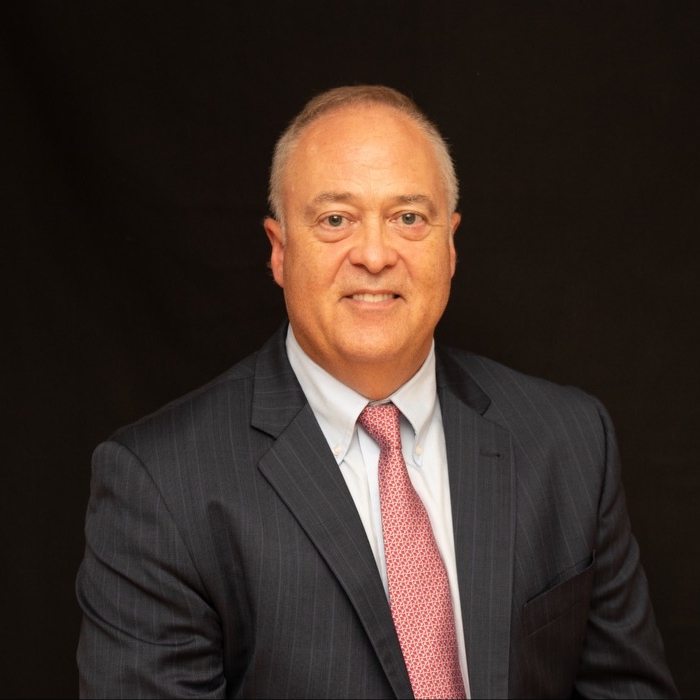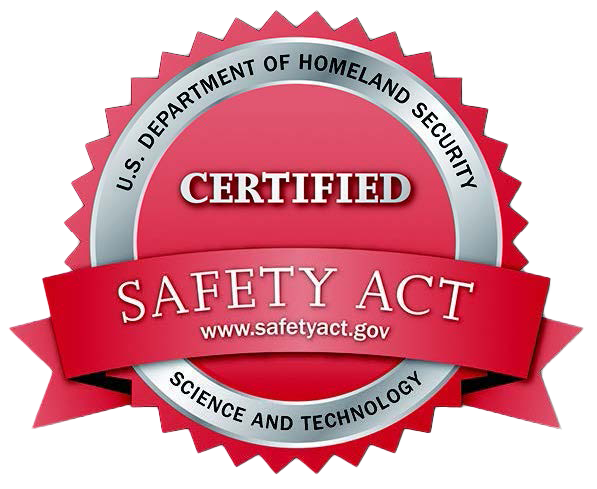Craig Miller, former Chief of Police at the Dallas Independent School District, shares his front-line take on disaster communication.
By: Mutualink Staff
Chief Craig Miller spent 37 years protecting the citizens of Dallas, Texas. Beginning as a sworn police officer in 1982, he rose to the rank of Deputy Chief of the Dallas Police force – the eighth largest force in the U.S. – before retiring in 2011.
During his career, he worked patrol, vice, computer crime analysis, narcotics, swat, bomb squad, canine, mounted patrol, and as Homicide Commander. As Homicide Commander he oversaw 750 murder and 300 suicide investigations.
In 2011 he became the Chief of Police for the Dallas Independent School District (ISD), the 14th largest public school district in the United States. In that position, Chief Miller was responsible for the safety of 160,000 students, 23,000 employees, and 230 schools.
With his service in both the Dallas police and the Dallas ISD, Chief Miller can speak to both the law enforcement and academic perspectives regarding disaster communication. Mutualink is proud to share this interview with Chief Miller, conducted late last month over Zoom.
The following conversation has been edited for length.
Q: How would you like to see technology improve response times and resolutions?
A: I’d really wish that everyone could speak to everyone else during a crisis situation. This being 2022, you’d think that should be a simple thing to make happen. But when it’s raining police officers and other personnel immediately after a shooting, it still isn’t happening. There has to be a better way.
Video is a big part of improved responses as well. As the saying goes, a picture is worth a thousand words. But it’s also smaller things that are not hard and don’t cost a lot of money. I recently served on a committee that came up with minimum facility standards for schools in Texas. I don’t know of any other state that has them.
One of the very first requirements we established was that every door had to have a number. So when you have a school safety alert you can give the door number and the officer knows exactly what you’re referencing. Makes everything simpler and safer and it doesn’t cost money!
Q: You mentioned video – are there other ways real-time data can improve situational awareness?
A: Yes, as long as things are made simpler, not harder. Sometimes things get a little too complicated and unintuitive.
There is often a gap in how technology people and law enforcement people see things. For example, a tech person might say well, all you need to do is pull out your phone, open an app, punch this in and then look up… no! When the bell rings I’m strapping on gear and heading to the scene. Now after the fact, once we’re conducting the immediate investigation those tools can be a great help. But in the heat of the moment, things have to be very simple.
Q: In either of your former positions, had money been no object how would you have improved your communications?
A: The first thing I’d do is make it easier to communicate within my own department. The Dallas PD is a huge department, we had 3,600 officers. It’s important that off-duty personnel have the ability to communicate at all times. Sometimes there were only enough radios for on-duty personnel. Many officers work a second job in a security capacity, and if they need assistance they should be able to stay connected, especially of course during disaster communication.
And obviously, there will always be other enforcement agencies on your border. The ability to have interoperable communications with them would be a real advantage for everyone.
Read more about school safety technology here.
Q: When you think of an emergency situation, what does collaboration mean to you?
A: Too often the lack of collaboration leads to poor planning, plain and simple. When stuff is hitting the fan, that’s not the time to develop your plan. And what’s sad is that every school in America has to have an emergency operations plan. And they do.
But sometimes it’s at the top of a dusty file cabinet. Sometimes at the beginning of the school year employees need to electronically certify they’ve reviewed it, but they don’t. The weeks before a new school year starts could be the time for meaningful collaboration between the school and law enforcement. Too often schools take the attitude of not having time for anything not directly related to teaching, and that’s where we miss the boat.
Leadership churn also works against better collaboration. In Dallas, we had 230 schools. Each year on average we’d have around 80 new principals. Those principals will be focused on learning about their new teacher, new staff, do they have enough Chromebooks, etc. At about number 72 on their list is safety and security.
At a deep level, the challenge is cultural – law enforcement on the school campus is a square peg in a round hole. They have to have us there, but they don’t want us there. Differing chains of command can also work against effective collaboration. When I was chief of police for the ISD, my boss was the superintendent of schools. For School Resource Officers (SROs) working in a school, their boss is the chief of police. Chiefs of police and superintendents have different priorities.
Q: What third-party agencies did you work with on a regular basis?
A: At the Dallas PD we worked a lot with federal authorities like the FBI because we were a major trafficking area for drugs. With the school district, in Texas, we work with a unique resource called the Texas School Safety Center.
The Safety Center acts as a guiding source for districts in Texas. It’s staffed not with educators but with statisticians, data specialists that crunch data on behalf of the governor, who funds them. When something horrible happens, like Sandy Hook in Connecticut for example, the staff research the disaster and determine how it could impact Texas schools.
The data from the Safety Center gives the governor the ability to hold districts accountable for safety efforts. For example, every school district is required to submit an annual security audit. Over 90 percent of these are self-audits. When you perform a self-audit, generally you’re going to do very well.
The Safety Center can tell the governor which schools didn’t submit an audit – 15 to 20 on average. And they can also visit schools and inspect if procedures match the self-audit. If things don’t match up, that Superintendent will be looking for work.
Q: Did you work with either AT&T FirstNet or Verizon Frontline?
A: I’ve spoken with both of them. The ISD covered five different cities and 375 square miles. We had some schools that had very poor radio reception.
For those more remote locations, we needed officers to be able to use cell phones. So we needed technology for P-25 (radio) to LTE (4G phone) interoperability in law enforcement. For disaster communication, the priority and preemption that ensures public safety messages get through are also very important.
The Most Experienced Partner for Disaster Communication Technology
Experienced veterans like Chief Miller need to have a similarly experienced partner. With over 3,000 deployments connecting over 10,000 public safety entities, Mutualink technology has been proven many times over to protect citizens and connect communities. FirstNet and Verizon Frontline, the two largest public safety networks in the country, both depend on Mutualink to ensure the interoperability of their solutions.
Mutualink LNK360™ is trusted by hundreds of schools and police forces nationwide because every child deserves the best protection today’s technology can offer. Let us put our certified technology and years of experience to work protecting our next generation. For more information, visit our website and request a free demonstration.
